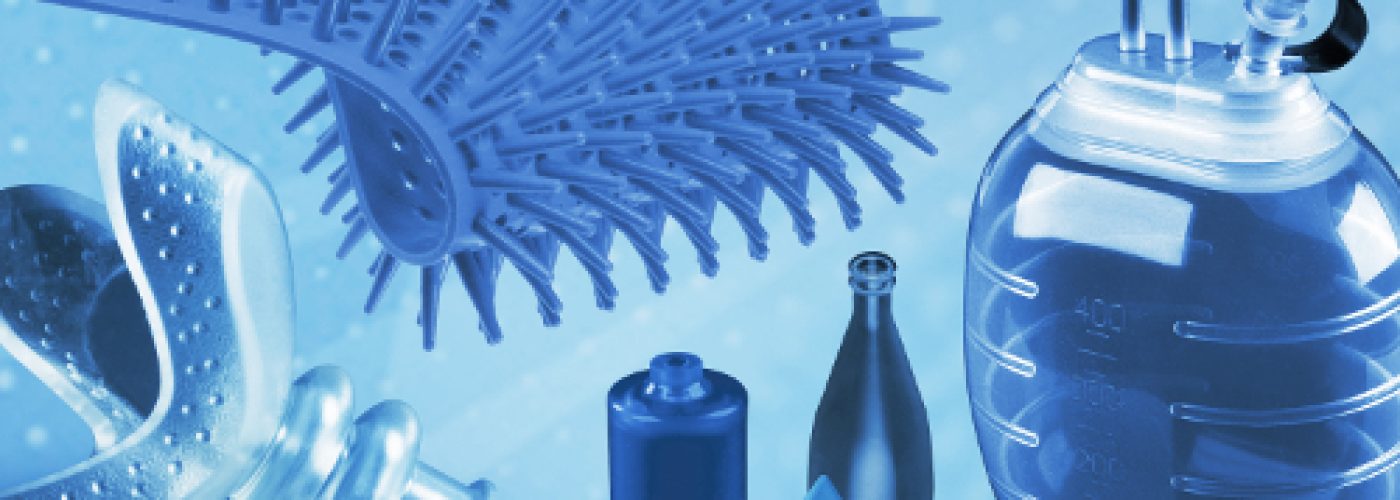Generally, injection molding is a crucial method for producing different parts and products. Whenever mass production of parts is needed, injection molding has stood the test of time to be the only process viable. Injection molding is applicable in many industry areas. And probably one of the renowned uses is in the production of plastic parts for various services.
In the medical industry, injection molding is one of the preferred techniques in production. The process sees the production of medical-grade plastics used in the medical devices, laboratory, and other facility equipment. But why is injection molding the best method in delivering these parts? The benefits associated with injection molding for medical parts are vast and depend on varied needs.
Over time, medical supplies and other experts have concluded that medical injection molding for medical parts, devices, and components is highly effective in quality and specifications. Alongside those, this process also ensures the cost-effective and efficient production of these items.
Another concern someone may have is the exact application of medical injection molding. The truth is that they are many and include the production of beakers, test tubes, containers, implantable components, surgical equipment, and orthopedics. Regardless of the specific area of application, these medical injection molding has always ensured the delivery of quality items. Probably one of the issues that can be challenging is the considerations to have in mind when choosing medical plastic injection molding parts.
Medical Injection Molding Considerations
While it is true that medical injection molding is efficient in its class, the possibility of errors is always high. This is especially true whenever there aren’t any thorough plans in the production or whenever the expert handling the whole process is not experienced enough. It is also crucial to note that plastic injection molding for medical components is an essential process with very high failure chances. That is why users must consider several factors and issues in the planning, designing, and manufacturing of the parts. They include:
FDA Regulations
FDA regulations for cleanliness and sterility are very crucial for medical components. That is in the production process and the parts produced at the end of it all. Therefore, whenever anyone is looking to choose any item made through this process, it is an excellent idea to select a material that meets the set standards. That is not enough; it is also highly advisable for the seller or producer to showcase the documents supporting this.
ISO Certification and Compliance
When it comes to ISO regulations, not a company or sector is left outside. In fact, if there were one industry that could never miss this, is the medical industry. At the lowest level, a facility specializing in medical components production must ensure compliance with ISO standards. These may include adherence to the different classes depending on the products being manufactured. The client and the manufacturing partner should be aware of the component’s standards in question and the intended application.
Material Properties
The material in any device will inform much of its durability and strength. That is why when choosing a medical device or equipment, it is highly recommended that buyers go for products with specific physical properties to suit the applications. The materials can range from silicone, polycarbonate, polycarbonate, polyethylene, and polypropylene. Silicone is one of the best for the production of parts where flexibility is a crucial concern. This material is exceptional with its durability and biocompatibility. Nevertheless, some of the additional material properties to check on include but are not limited to the following.
Ability to Be Sterilized
Every component of a medical injection molding must meet this requirement. The materials must be resistant to contamination and be sterilized to prevent harm to any human interaction. Everyone knows the level of infection a medical device can bring to people and so it makes perfect sense to ensure it can sterilize to reduce this.
Suitability to Extreme Environment
Another critical consideration the devices should meet is the ability to survive extreme conditions. For instance, the bio-implants must handle the challenging state of the human body, including durability when exposed to heat, corrosives, movements, and reliable operation. The good news, albeit, is that most medical injection molding parts meet this requirement. But that does not eliminate the possibility that there may be substandard products that don’t meet this class.
Durability
Durability is another material property never to overlook. Easily breakable materials are not suitable for the medical industry. As such, it is highly recommended that someone goes for material with shatter and breakage resistance necessary in medical applications.





